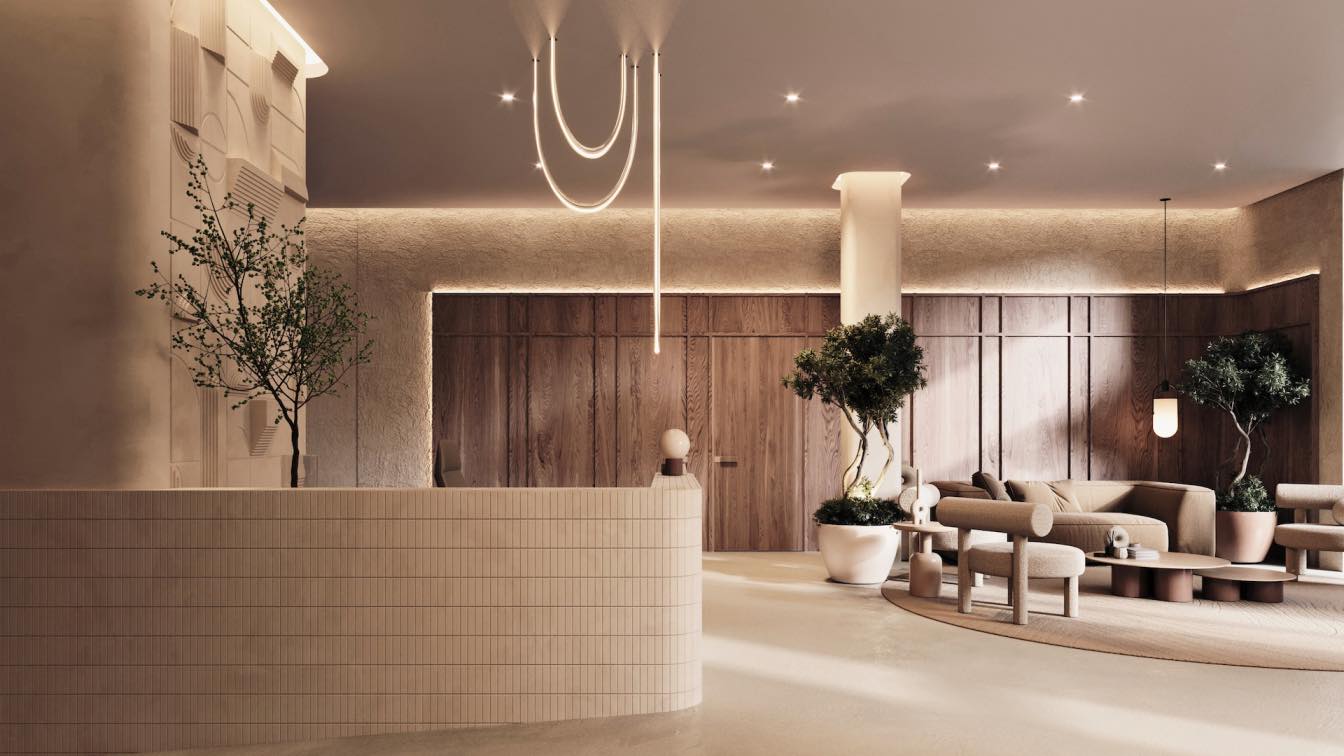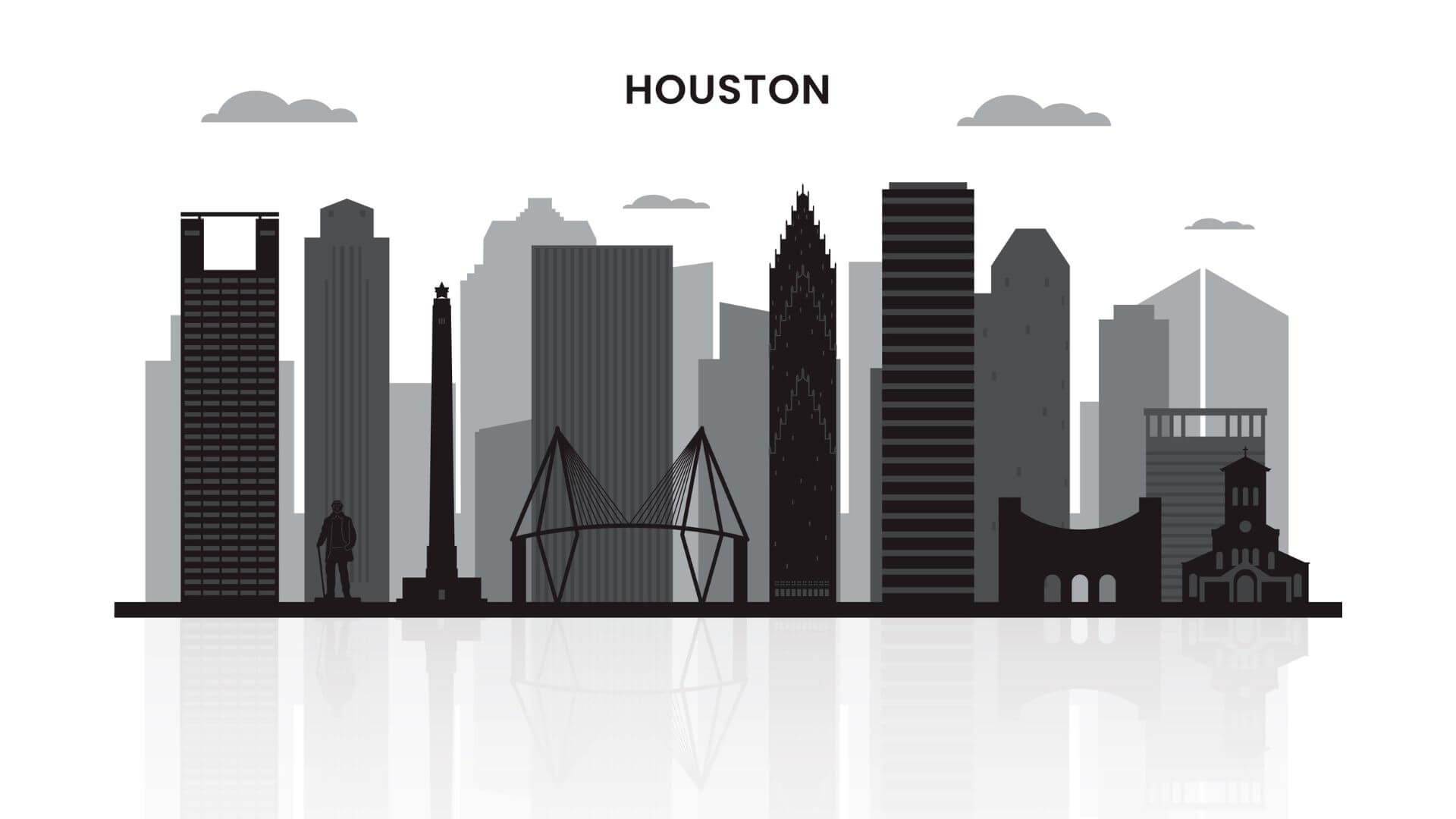This article explores the vital connection between architectural design and home insurance, demonstrating how various design choices can influence insurance premiums and overall coverage.
By understanding these dynamics, homeowners can make informed decisions that balance aesthetic desires with financial prudence.
Evaluating the Insurance Implications of Architectural Styles
Different architectural styles not only embody unique aesthetic and cultural histories but also hold various implications for home insurance.
For instance, homes with modern minimalist designs might have higher premiums due to expensive, large windows susceptible to environmental damage, whereas more traditional homes might be considered less risky by insurance providers.
The Impact of Building Materials on Home Insurance
The choice of building materials is a critical factor that directly affects the risk profile and insurance costs associated with a home. Durable materials can lead to long-term savings on insurance premiums, while more vulnerable materials may result in higher costs due to increased risk.
|
Material |
Impact on Insurance |
|
Stone |
Lower premiums due to high durability and fire resistance |
|
Wood |
Higher premiums in fire-prone areas due to increased risk of damage |
|
Steel |
Moderate costs; benefits in terms of pest and fire resistance |
|
Brick |
Generally lower insurance costs due to durability and non-combustibility |
|
Glass |
Higher premiums due to vulnerability to environmental damages |
Location-Specific Architectural Decisions
Architectural decisions often take into account the local environment, which can significantly affect both the initial architectural design and ongoing insurance costs. Homes in areas susceptible to natural disasters, such as coastal flood zones or earthquake-prone regions, often require specialized designs and thus, specific insurance considerations.
Advanced Architectural Features and Insurance Premiums
Innovative architectural features such as smart home technology and sustainable design elements can affect home insurance policies in various ways. While these features might increase initial project costs, they can also lead to substantial insurance savings by mitigating risks and enhancing security.
Architectural Modifications and Insurance Adjustments
Modifications like additions or extensive remodeling can necessitate a reevaluation of a home’s insurance policy. It is critical for homeowners to consult their insurance provider when planning significant changes to ensure that their coverage remains adequate and appropriate to the new value and features of the home.
The Insurance Benefits of Disaster-Resilient Design
Disaster-resilient architectural designs not only protect the physical integrity of a home but also can significantly reduce insurance costs. These designs incorporate elements that are tailored to withstand specific environmental threats present in an area.
|
Design Feature |
Insurance Benefit |
|
Elevated Foundations |
Reduces flood insurance premiums |
|
Hurricane-proof Windows |
Lowers premiums in hurricane-prone areas |
|
Seismic Retrofitting |
Decreases earthquake insurance costs |
|
Fire-resistant Roofing |
Lowers fire insurance rates |
|
Storm Water Management Systems |
Potentially reduces insurance premiums due to reduced risk of water damage |
Special Considerations for Historic Homes
Historic homes carry unique architectural charm but also present specific challenges in terms of insurance. These properties often require policies that cover the costs of specialized materials or heritage craftspeople, which can be more expensive than standard options.
Insurance Strategies for Custom Homes
Custom-designed homes often reflect the unique visions of their owners but can pose challenges when it comes to securing appropriate insurance coverage. Due to their non-standard features and potentially higher replacement costs, these homes require detailed discussions with insurance providers to ensure comprehensive coverage.
Collaborating with Insurers During the Architectural Design Phase
Engaging with insurance professionals, e.g. Hamilton Home Insurance, early in the design process can lead to more favorable insurance terms and ensure that coverage adequately reflects the home's design and features. This collaboration can facilitate the integration of design elements that significantly lower insurance costs and enhance the overall security and resilience of the property.
✓ Review potential design plans with insurance advisors to anticipate insurance implications.
✓ Incorporate feedback from insurance specialists to adjust designs that may lead to high premiums.
✓ Utilize insurance-friendly materials and techniques recommended during consultations.
✓ Ensure all special features and innovations are fully documented and communicated to the insurer.
✓ Regularly update insurance coverage throughout the construction process to reflect any changes or enhancements.
Wrap-Up: Architectural Design Meets Insurance Planning
By understanding the interplay between architectural design and home insurance, homeowners can make informed decisions that optimize both the aesthetic and practical aspects of their homes.
The collaboration between architects, homeowners, and insurance professionals is essential to achieving a design that not only meets the owner's vision but also aligns with effective insurance coverage strategies. Proactive engagement in these discussions is crucial for navigating the complexities of insurance planning and architectural design.





